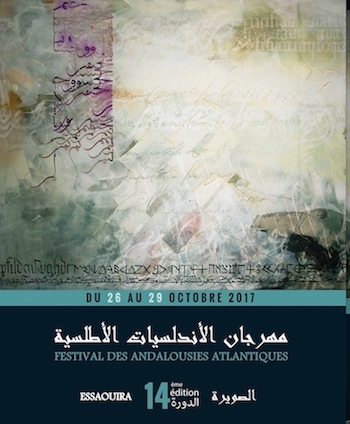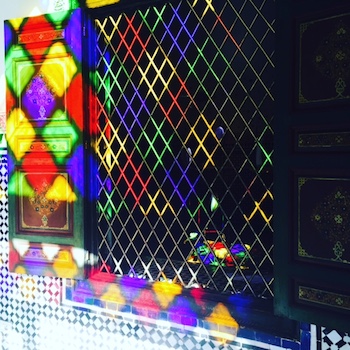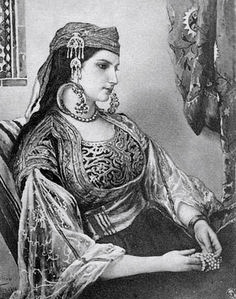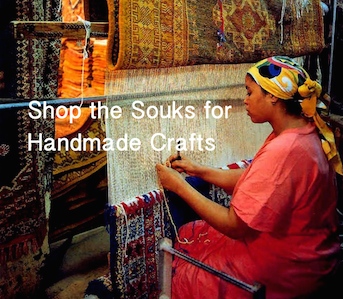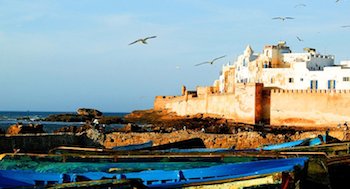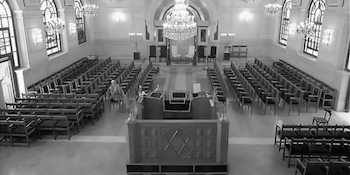Posts Tagged ‘UNESCO Heritage Sites’
Held yearly in October for the past 14 years, this year’s Andalusia-Atlantic festival is the 14th edition and takes place from Thursday October 26th – 29th, 2017 on the Coast of Morocco. The Atlantic Andalusia Festival highlights the Andalusian musical…
Must See, Top Rated Places and Palace in Marrakech offers the perfect Insiders Guide to travelers who are visiting Morocco on a Private Tour. Don’t miss out on some of Marrakech’s Best places that range for Palaces to ancient Mosques. Known for it’s magnificent palaces and old world decor designed…
Morocco is known for it’s Jewish Heritage and the abundance of rich culture, artifacts and traditions left behind when the Jews fled Morocco in the 1960’s. What remains is a rich catalog of Jewish life inclusive of architecture, monuments, zaouias, museums, mellahs, shrines and craft traditions that command great cultural…
Explore Morocco on tailor-made Private Tour. With the ability to fully customize, a Morocco Tour, a tailor-made experience delivers an authentic, private travel opportunity for couples, families and the indepdentent traveler. A tailor-made Private Tour also offers the flexibility to…
Essaouira, Portuguese Ramparts Essaouira is the perfect excuse to head southwest of Marrakech to experience a one-of-a-kind coastal town in Morocco. Laid back with a hippy vibe, windswept Essaouira, also referred to as “old Mogador,” attracts the Bohemian types searching for an inspiring destination where a keen combination of savory…
The cultural diversity of contemporary Morocco reflects its historic vantage point as a gateway to Europe and the world. Morocco’s Jewish Heritage offers visitors an encounter with ancient historic traditions, customs, architecture, monuments and sites that have permeated Moroccan society for centuries. Travelers…
Streams of light illuminate the elaborate the Romain ruins of Volubilis accentuating each crevice line and jagged edge with a stream of shadows. As the sun sets the ivory Corinthian columns slowly fade from sepia tones to midnight black silhouettes. On a…

